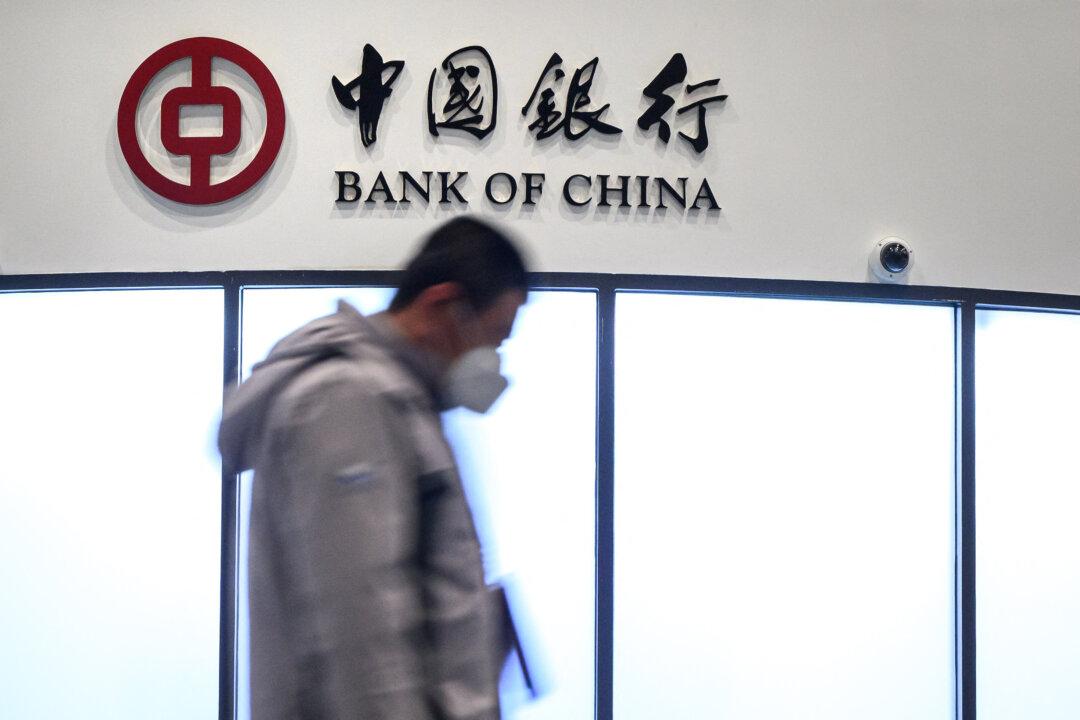It’s the end of 2016, and the most popular smartphones in China—a nation of 700 million smartphone users—aren’t made by Apple, Samsung, or even Chinese cult brand Xiaomi.
Oppo and Vivo, two little-known companies in the West, have come to dominate the Chinese smartphone market using seemingly antiquated marketing strategies.
As of the third quarter 2016, Oppo held the biggest smartphone market share at 16.6 percent, with Vivo closely behind with 16.2 percent. Huawei and Xiaomi came in third and fourth, with 15 percent and 10.6 percent respectively, according to market research firm Counterpoint. Apple was a distant fifth with 8.4 percent market share.
The two companies came out of seemingly nowhere to sell millions of smartphones. Oppo’s sales were 84 percent higher than last year, mainly on the popularity of OnePlus, a line of smartphones with edgy designs, high-end specs, and low prices. Vivo relies on simple but solid designs and rock-bottom prices, a formula that propelled its sales 114 percent higher than prior year’s.
A Vulnerable Xiaomi
The phone market in China is fairly simple to enter, but difficult to dominate.
At the high end of the market, Apple still reigns. Around $60 billion of Apple’s total sales were generated from China alone last year, and it wasn’t too long ago that Apple vied with Xiaomi—which hailed itself as China’s own Apple—for top smartphone market share. While Apple still has a stranglehold on the top end of the market, its position has eroded over the last year due to Beijing’s blockage of iTunes, a slowing Chinese economy, Xi Jinping’s anti-graft measures, and a flood of cheaper but high-quality alternatives.





